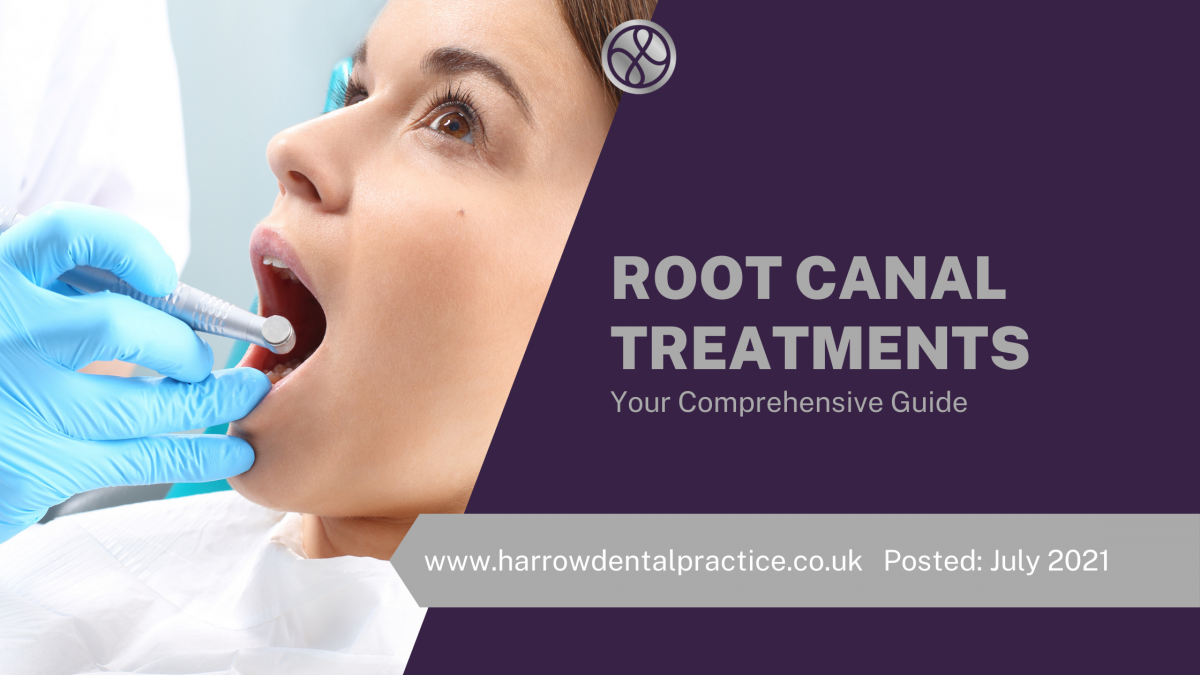A beautiful smile is an immensely valuable social asset. Some people are born with naturally beautiful, dazzling smiles, while others are not that lucky. One of the most common reasons for having a flawed smile is poor tooth alignment. If you are also concerned about your misaligned or crooked teeth ruining your smile and personality, there is no need to worry. Thanks to orthodontic treatment, no matter how flawed your smile is, it can be fixed. Continue reading to find out how you can get that straight-teeth, Hollywood smile with orthodontic treatment.
How To Get Straighter Teeth?
When it comes to getting your teeth straightened, there are several options available. Broadly speaking, there are two main options: cosmetic dentistry and orthodontic treatment. If you have minor orthodontic problems like spacing or overlapping teeth, your dentist may fix it with veneers or crowns. However, for more severe issues, your dentist will eliminate the underlying issue with traditional braces or Invisalign clear aligners for more severe issues. Depending on the severity of your problem, your dentist will advise a teeth straightening option that best suits your needs.
Are Dental Braces’ Sole Purpose To Straighten Teeth?
Short answer, no. As discussed earlier, you can either get your misaligned teeth cosmetically fixed with veneers and crowns or fix them orthodontically with braces or removable aligners. If you cannot wait for the completion of your orthodontic treatment – which may take anywhere between 8-24 months – or if you cannot afford orthodontic treatment, you may opt for cosmetic teeth straightening. When it comes to orthodontic treatment options, the removable aligners are generally reserved for mild to moderate problems, while braces effectively treat more severe bite problems.
What Are The Benefits Of Having Perfectly Straight Teeth?
Apart from the most obvious benefit of enjoying a beautiful and attractive smile, there are several other benefits of having straight teeth. According to the American Association of Orthodontists, straight teeth offer the following health benefits:
- Easy teeth cleaning – lower risk of gum problems and teeth cavities
- Lower risk of temporomandibular joint problems, headaches and migraines – due to decreased pressure on the jaw joints
- Lower risk of tooth wear and sensitivity
- Improvement in sleep pattern
A poor bite is a reason behind some of the most common dental problems. Even if you have a single misaligned tooth, it will prevent your other teeth from mating optimally, thereby causing various dental problems that may ultimately result in tooth fracture. Hence, getting your teeth straightened as soon as possible to avoid complications later in life is recommended.
Should Crooked Teeth Be Straightened?
The biggest problem with crooked teeth is that they can ruin your smile, especially if they are the front teeth. Besides, if your teeth are not aligned properly, you will have difficulty cleaning them properly, putting you at a higher risk of developing gum problems due to plaque and tartar deposition. Furthermore, an improper bite can lead to a host of problems that may ultimately result in tooth loss.
Why Is It Necessary To Straighten Your Teeth Alignment?
Getting your teeth straightened is important for your smile and your dental health, and general well-being. As discussed earlier, misaligned or crowded are difficult to clean properly. The resultant gum problems not only affect one’s oral health, but according to the World Health Organization (WHO), it can also affect overall general health. Research has shown that the bacteria inside the inflamed gums can travel to other body organs and may cause serious, even life-threatening medical complications like heart attack, stroke, and preterm births.
Do Clear Aligners Really Work To Straighten Teeth?
Clear aligners are removable appliances, just like retainers that are worn over the teeth. These removable aligners are designed so that each aligner set will gradually move your teeth in the desired direction. Your dentist will ask you to wear each aligner set – one for upper and lower teeth each – for about 14 days. Afterwards, you should switch to the next set of aligners. In this way, the removable aligners will continue to move your teeth and align them optimally.
What Are The Teeth Straightening Options For Adults?
Today, there is no restriction to using any orthodontic treatment options for elders. In fact, using a specific orthodontic treatment option is more of a preference than a treatment requirement. Both fixed braces or Invisalign aligners can be used for treating orthodontic problems in adults. You should consult with your dentist regarding an orthodontic treatment option that best suits your dental health needs.
Is It Possible To Get Perfect Teeth Without Braces?
The ideal treatment for straightening misaligned teeth is orthodontic treatment. However, if you cannot wait for 12-18 months for your orthodontic treatment to complete or cannot afford orthodontic treatment, your dentist may fix your teeth alignment problems cosmetically. There are several cosmetic options available for straightening teeth:
- Porcelain veneers
- Crowns
- Lumineers
Your dentist will guide you on whether you are a suitable candidate for getting straighter teeth with cosmetic dentistry.
Did you know that your smile is the first thing people notice about you? So, if you want to make a great first impression on people you meet for the first time, you must have perfectly aligned and pearly white teeth that beautify your smile if you don’t have straight teeth, no need to worry. If you live in or around Hornchurch, Harrow Dental Centre can help you. We take pride in having a qualified and experienced dental team that strives to provide high-quality dental services to our patients in a comforting and relaxing environment. So, book a free orthodontic consultation today and let us give you a set of pearly white teeth and a beautiful smile.


